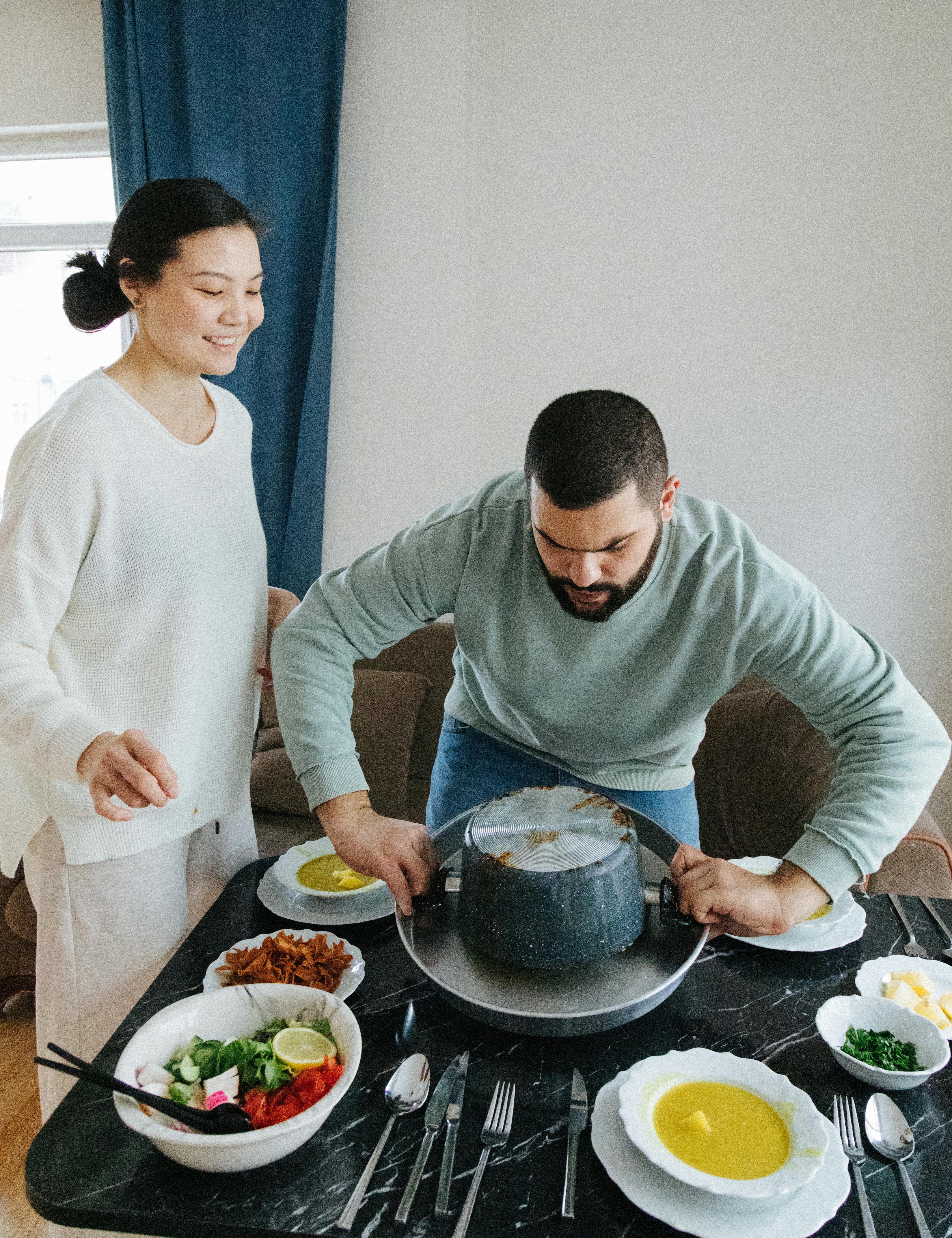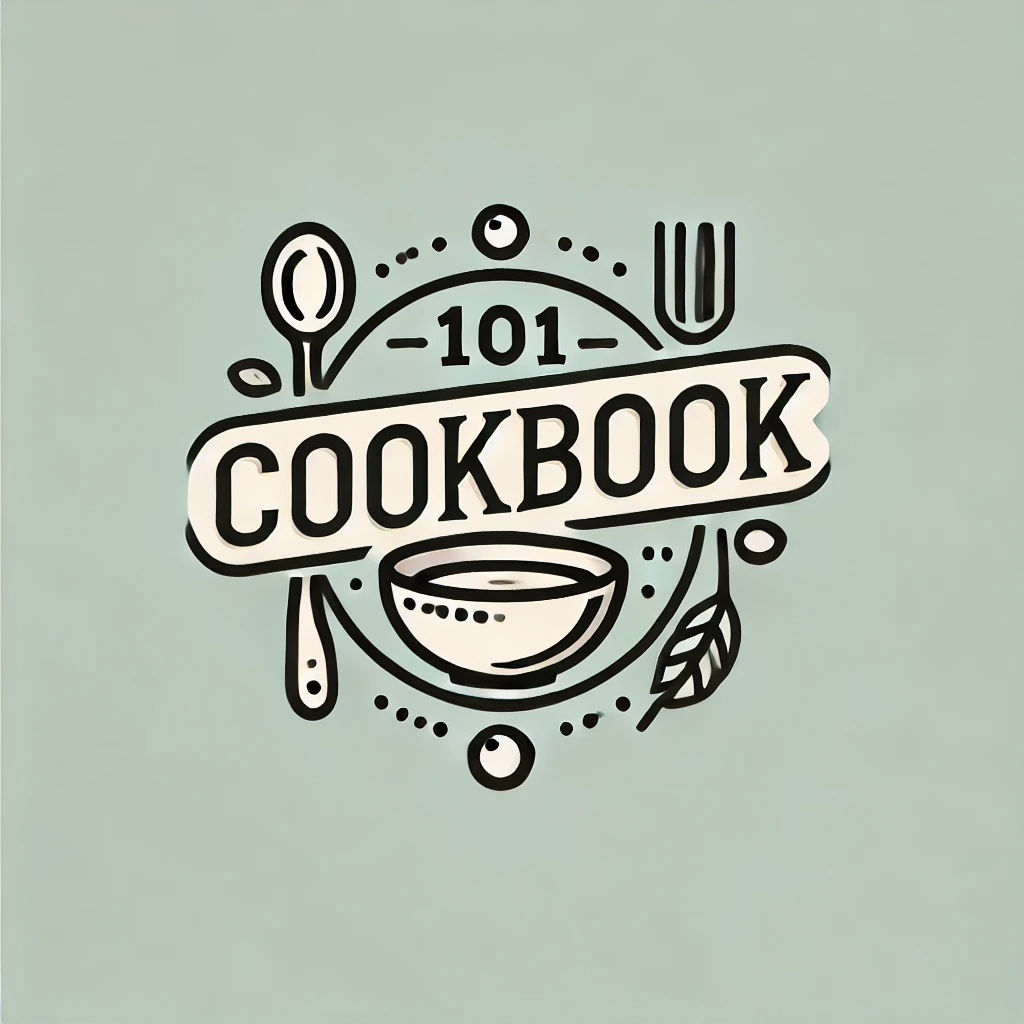Middle Eastern Salad is a vibrant and delicious dish that brings together the best of fresh ingredients and Mediterranean flavors. This recipe is perfect for anyone looking to enjoy a healthy meal that is not only nutritious but also packed with aromatic spices and refreshing tastes. Whether you are a seasoned cook or a beginner in the kitchen, this salad is incredibly easy to prepare and is sure to impress your friends and family. Did you know that one of the key ingredients in many Middle Eastern salads is parsley? It adds a fresh, zesty note that complements the other flavors beautifully!
| Yields | Prep Time | Cook Time | Total Time | Calories per Serving |
|---|---|---|---|---|
| 4 servings | 15 minutes | 0 minutes | 15 minutes | 220 calories |

Ingredients
- 1 cup bulgur wheat
- 2 cups boiling water
- 1 cup chopped parsley
- 1 cup diced cucumbers
- 1 cup diced tomatoes
- 1 cup canned chickpeas, drained and rinsed
- 1/4 cup finely chopped red onion
- 1/4 cup fresh mint leaves, chopped
- 1/4 cup olive oil
- Juice of 2 lemons
- Salt and pepper to taste
- 1 teaspoon ground cumin (optional)
Instructions
Step 1: In a large bowl, combine the bulgur wheat and boiling water. Cover it with a lid or a clean kitchen towel and let it sit for about 10 minutes until the bulgur absorbs the water and becomes tender.
Step 2: Once the bulgur is ready, fluff it with a fork and let it cool slightly. This step is crucial as it prevents the salad from becoming mushy.
Step 3: Add the chopped parsley, diced cucumbers, diced tomatoes, chickpeas, red onion, and mint leaves to the bowl with the bulgur. These fresh ingredients bring a burst of color and flavor to your Middle Eastern Salad.
Step 4: In a small bowl, whisk together the olive oil, lemon juice, salt, pepper, and ground cumin (if using). This lemony mint dressing is what ties all the flavors together.
Step 5: Pour the dressing over the salad and toss gently to combine. Ensure that all the ingredients are evenly coated with the dressing for the best flavor.
Step 6: Let the salad sit for about 5 minutes before serving. This allows the flavors to meld together, making each bite more delicious.
Nutrition Facts
| Nutrient | Amount per Serving |
|---|---|
| Calories | 220 |
| Total Fat | 10g |
| Saturated Fat | 1g |
| Cholesterol | 0mg |
| Sodium | 85mg |
| Total Carbohydrates | 30g |
| Dietary Fiber | 8g |
| Sugars | 3g |
| Protein | 7g |
Watch this video on how to make The Middle East’s FAVOURITE Salad!
Tips, Shortcuts, and Variations
- Fresh Ingredients: Always use the freshest ingredients you can find for the best flavor. Seasonal produce will enhance the taste of your Middle Eastern Salad.
- Shortcuts: If you’re short on time, you can use pre-cooked bulgur wheat or even quinoa as a substitute to save time.
- Variations: Add diced bell peppers or grated carrots for extra crunch and color. You can also include some feta cheese for a creamy element, or add grilled chicken for a heartier meal.
- Dietary Options: This salad is naturally gluten-free if you swap the bulgur for quinoa or rice. It’s also vegan and can easily accommodate various dietary needs.

Kitchen Equipment Needed
- Large mixing bowl
- Small bowl for dressing
- Fork
- Knife and cutting board
- Measuring cups and spoons
How to Store Leftovers
Store any leftovers in an airtight container in the refrigerator for up to 3 days. The flavors will continue to meld, making it even more delicious the next day. However, it’s best to store the dressing separately to keep the salad crisp.
Food and Drink Pairings
This Middle Eastern Salad pairs wonderfully with grilled meats, such as chicken or lamb, making it an ideal side dish for barbecues or picnics. For a refreshing drink, consider serving it with a glass of mint lemonade or a light white wine.
Enjoy the vibrant colors and flavors of the Middle Eastern Salad, and don’t forget to share this recipe with your friends and family. Subscribe to our blog for more delicious recipes and culinary inspirations.
Q: What are Arabic salads called?
A: Arabic salads are often referred to as salata in Arabic. They can vary from region to region, with different ingredients and styles, but they are typically fresh and made with vegetables, herbs, and sometimes grains or legumes.
Q: What is Lebanese salad made of?
A: A traditional Lebanese salad, often called fattoush, includes mixed greens, tomatoes, cucumbers, radishes, and crispy pieces of pita bread, dressed with a tangy lemon and sumac dressing.
Q: What is a fattoush salad made of?
A: Fattoush salad is made of mixed greens, tomatoes, cucumbers, radishes, and toasted or fried pieces of pita bread, flavored with a dressing made from olive oil, lemon juice, and sumac, which adds a unique tart flavor.
Q: What is a Mediterranean salad made of?
A: A Mediterranean salad typically consists of fresh vegetables like tomatoes, cucumbers, red onions, olives, and feta cheese, dressed with olive oil and vinegar, highlighting the region’s healthy ingredients.


